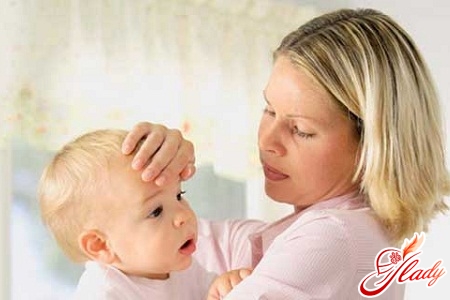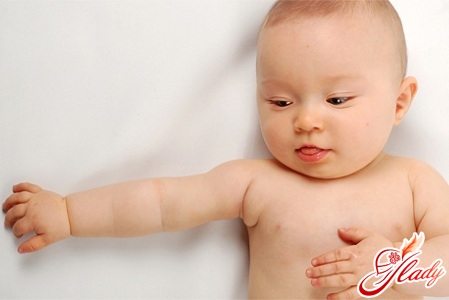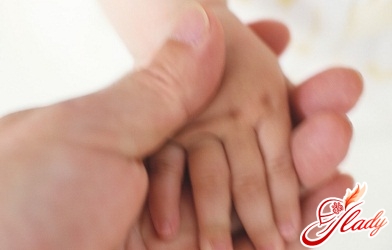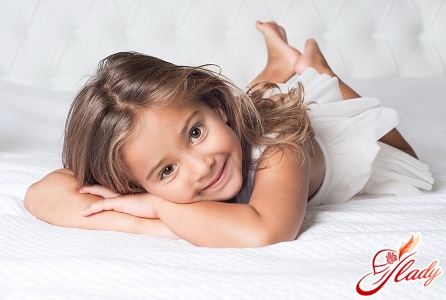
Hair loss in children is commona problem that parents face and a reason to consult a pediatrician. Hair loss can also occur for quite harmless reasons, for example, infants often experience baldness on the back or side of the head due to friction against the surface of the crib or stroller. This problem resolves itself with age and the curls grow back as soon as the child begins to move more and spend less time lying down. This type of hair loss is called physiological baldness. Also, hair does not grow from birth with congenital alopecia, this disease is usually combined with other developmental defects. Often, treatment of this type of baldness does not bring results, since the follicles of the hair shaft are damaged. It must be said that this disease is very rare. The density of hair is also affected by the quality of nutrition - the lack of a sufficient amount of vitamins and microelements in the daily diet will cause hair loss. The nervous and emotional state of children, frequent stress, strong emotional shocks can also give impetus to an increase in the amount of hair loss. The causes of early alopecia in children can also be hormonal disorders - thyroid disease (especially hypothyroidism), adrenal glands, vegetative disorders, prolonged exposure to warm or cold air, if the child goes without a hat in the cool season or his curls are dried with a hairdryer. A rare cause of hair loss is poisoning with various toxic substances. Often the reason that children's hair begins to fall out intensively is the manifestation of symptoms of some systemic or skin disease, traumatic impact on the follicles.
Frequent traumatic effects on the hair shaft
A child may lose their locks of hair due to too muchtight headgear, tightly braided hairdos (for girls), thermal burns or exposure to chemical agents. Hair restoration in children is possible only if the damage has affected only the superficial layer of the skin and has not affected the hair root. There is a type of neurosis-like disorder - trichotillomania, the symptom of which is frequent tugging of hair, twirling it around a finger, in severe cases the child literally pulls out clumps of hair. Such a condition can occur as a reaction to prolonged stress or shock. Such children need to consult a psychologist or even a psychiatrist. Curls grow back after eliminating the causes of neurosis, as soon as the child gives up his bad habit.
Ringworm
Lesions of the scalp and body by one of the typesfungal infection. The areas affected by the fungus look like they have been cut with scissors, hence the name of the disease. It is more correct to call this infection microsporia. Domestic cats and dogs suffer from it, and children are most often infected from them. If you suspect ringworm, you should immediately visit a dermatologist, since the disease is very contagious, and all family members can get sick. The sick child should be given separate bed linen, a towel, and other household items. The diagnosis of microsporia is confirmed after scraping off the skin scales from the area affected by the hair loss and detecting fungal threads under a microscope.
Alopecia areata
This is a specific type of baldness, the exact reasonswhich have not yet been established. It is believed that this type of hair loss is an autoimmune disease, manifested by the destruction of follicles by immune system cells. Symptoms of alopecia areata - absolutely bare areas of hair loss of varying sizes, sometimes the entire surface of the head goes bald - total baldness. With the universal type of disease, absolutely all the hair on the child's body falls out. Another key symptom of this pathology is rapid and unexpected hair loss in the affected areas, against the background of the child's apparent health. It has been noted that cases of alopecia areata are more common in children exposed to frequent stress.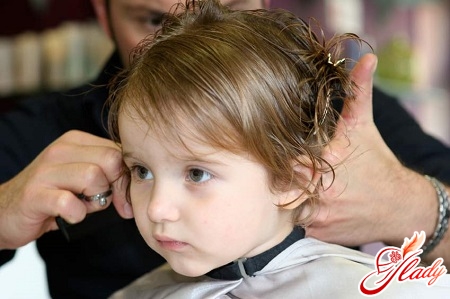
Telogenous alopecia
Telogen effluvium is a form of baldness that occurs whenthe follicle freezes in one of the phases of hair replacement - the resting phase. The hair of children and adults does not grow constantly, the replacement of curls occurs with a frequency of several years. In this case, the previously growing hair freezes, its growth stops, the follicle goes into a resting state. Then a new hair appears from it, growing back, it replaces the old one. Noticeable hair loss occurs when a large number of follicles remain in the telogen phase and new hair does not grow to replace the old ones. The most common cause of such hair loss is the effect of certain medications on the child's body, hypervitaminosis of vitamin A, procedures under general anesthesia. The influence of chronic stress is also possible, sometimes hair loss is one of the manifestations of post-traumatic syndrome. In any case, if hair loss is observed in children, this should arouse close attention from parents. Early diagnosis will allow timely detection of a possible disease and increase the chances of its successful treatment.





